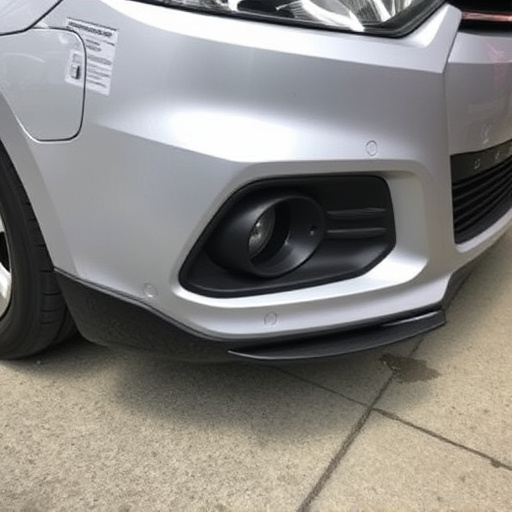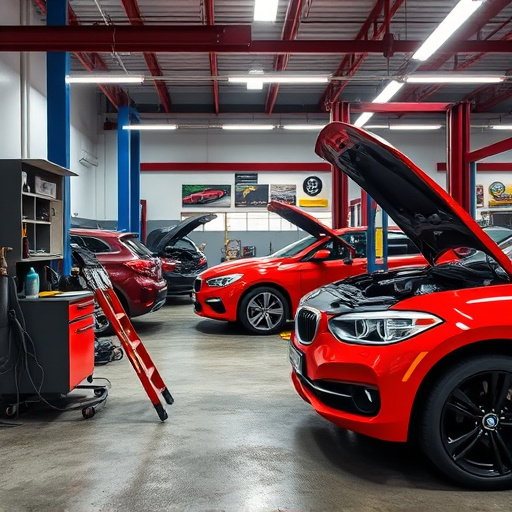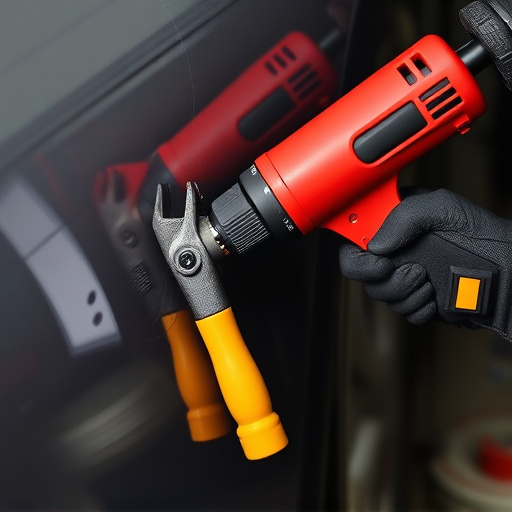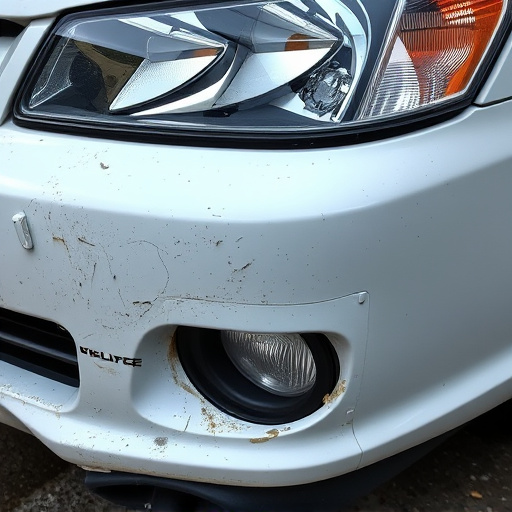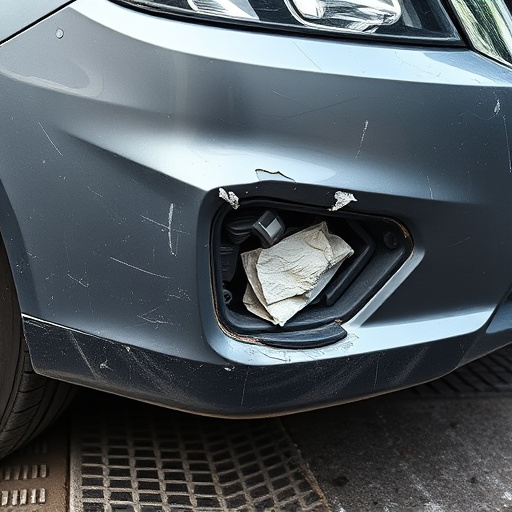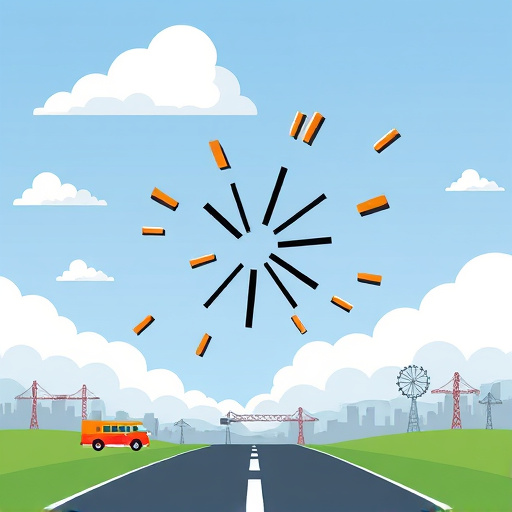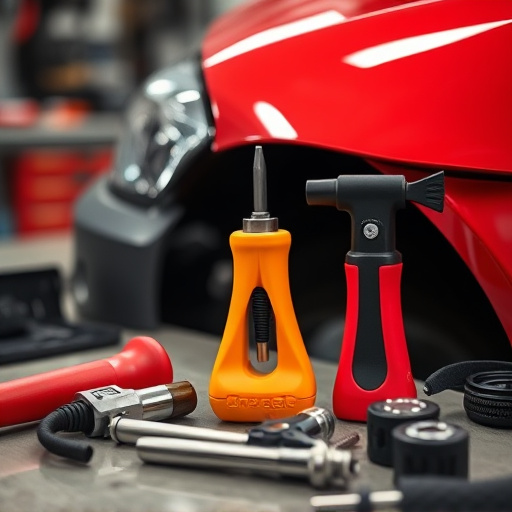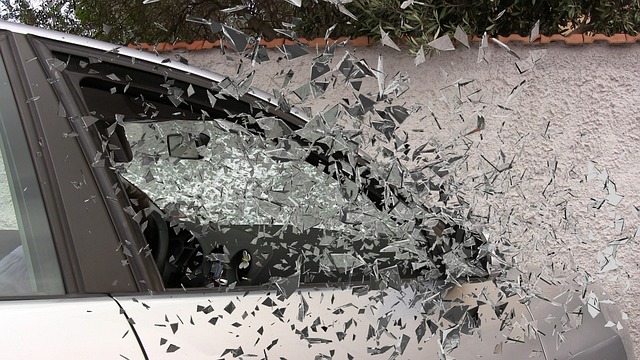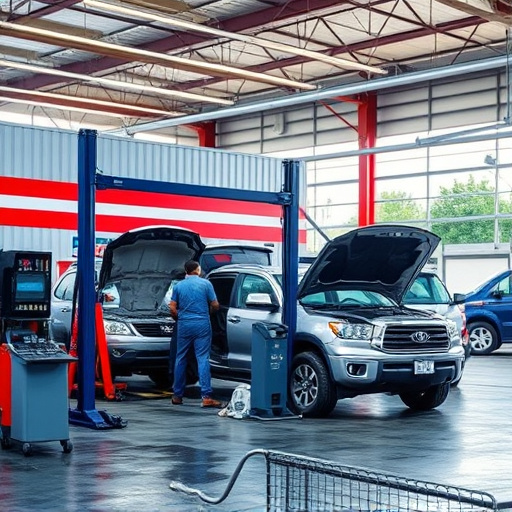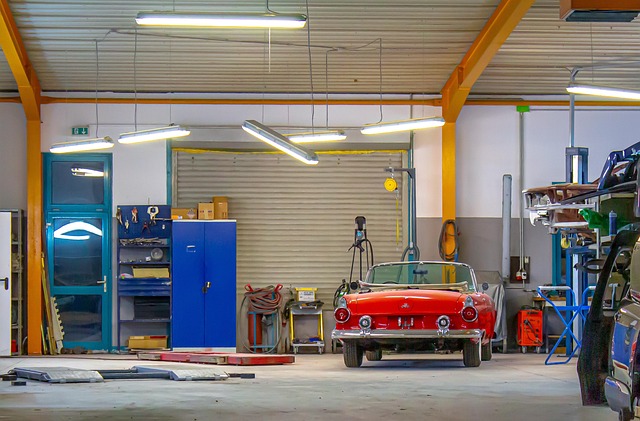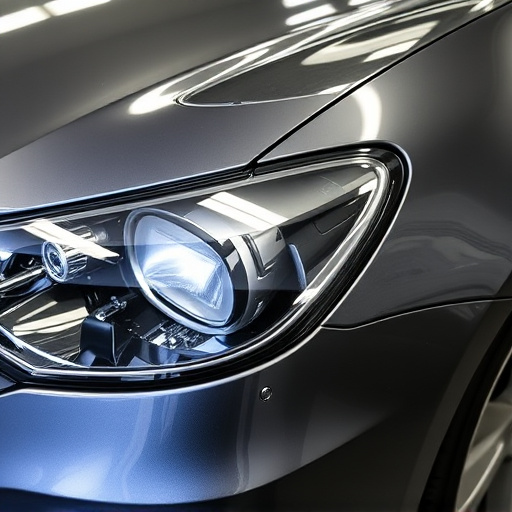Wagon body repair begins with a thorough assessment using visual inspections, tools, and software to identify damage. Skilled technicians select repair methods from paintwork to metal fabrication or panel replacement, aiming for pre-incident condition or modern safety standards. Panel replacement involves meticulous inspection, removal, preparation, fitting new panels, sealing, and finishing. Final stages include expert painting, gap alignment, and hardware securing for structural integrity and visual appeal, ensuring a flawless restoration.
Wagon body repair is an art that requires precision and expertise. Whether it’s restoring an old classic or fixing modern damages, understanding key elements ensures top-notch results. This article delves into the essential components of effective wagon body repair techniques, starting with assessing damage—the critical first step. We explore proven methods for panel replacement and provide tips on achieving seamless final touches. By following these guidelines, you’ll master the process, ensuring your wagon’s body is restored to its former glory.
- Assessing Damage: The First Step in Wagon Body Repair
- Techniques for Successful Panel Replacement
- Final Touches: Ensuring a Seamless Wagon Body Restoration
Assessing Damage: The First Step in Wagon Body Repair
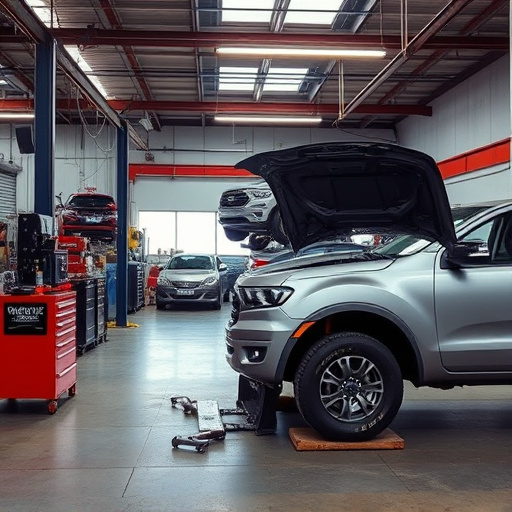
Assessing damage is a critical step in wagon body repair, serving as the foundation for any subsequent work. It’s akin to diagnosing a vehicle’s issue before initiating repairs. Skilled technicians meticulously inspect every inch of the wagon’s exterior and interior, identifying cracks, dents, bends, and other imperfections caused by accidents or normal wear and tear.
This process involves both visual examinations and utilizing specialized tools like measuring tapes, laser scanners, and computer-aided design (CAD) software. By accurately determining the extent of the damage, technicians can select the appropriate repair methods—be it simple paintwork, complex metal fabrication, or complete panel replacement—ensuring that the wagon body is restored to its pre-incident condition or even enhanced with modern safety standards in mind. Accurate assessment is key to delivering top-notch vehicle repair services and ensuring customer satisfaction.
Techniques for Successful Panel Replacement
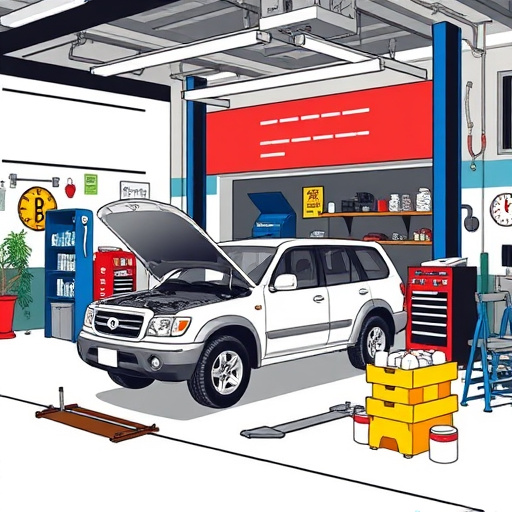
Successful wagon body repair involves mastering panel replacement techniques. The first step is to carefully inspect the damaged area, identifying the specific panels that require replacement. This includes evaluating the extent of the denting, cracking, or complete removal of the existing panels. Once identified, the old panels are carefully removed, ensuring proper alignment and fit. This process demands precision and expertise to maintain the structural integrity of the wagon’s body.
After removing the damaged panels, the surface is meticulously prepared. This involves cleaning the area, addressing any underlying issues like rust or loose debris, and ensuring a smooth base for new panel installation. The new panels, custom-fitted to the wagon’s specifications, are then attached using industry-standard adhesives and mechanical fasteners. Proper sealing and finishing techniques complete the process, guaranteeing both structural soundness and aesthetic appeal, making your vehicle look as good as new. Effective panel replacement is a cornerstone of comprehensive wagon body repair services, ensuring your vehicle’s longevity and restoring its former glory, just like a professional auto repair near me would do.
Final Touches: Ensuring a Seamless Wagon Body Restoration
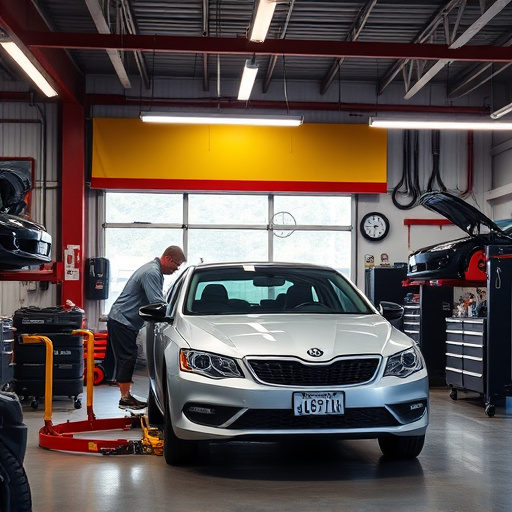
After meticulously addressing all structural and cosmetic issues, the final touches are crucial to ensure a seamless wagon body restoration that leaves no trace of previous damage. This involves meticulous painting to match the vehicle’s original finish, using high-quality paints and advanced techniques for a precise, vibrant result. The panel gaps must be perfectly aligned, ensuring a seamless blend between each repaired section and the surrounding panels.
A key aspect is also paying close attention to detail during the final assembly. All hardware, including bolts, screws, and hinges, should be thoroughly checked and replaced if necessary. This ensures that every component is securely fastened, contributing to both structural integrity and aesthetic appeal. The end goal is to deliver a restored wagon body that not only looks like new but also functions flawlessly, satisfying even the most discerning automotive enthusiasts.
Wagon body repair is an art that combines skill, precision, and a deep understanding of automotive craftsmanship. By mastering the key elements outlined in this article—from assessing damage to final touches—restorers can ensure seamless repairs that preserve the wagon’s original beauty and value. These techniques not only enhance structural integrity but also deliver a restored vehicle that continues to captivate with its timeless appeal.
